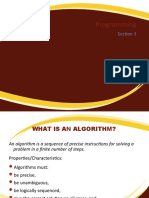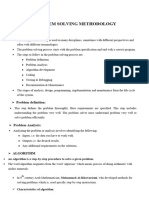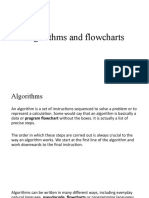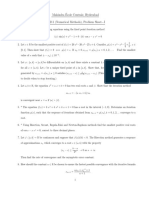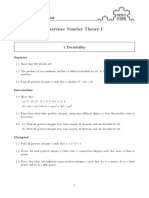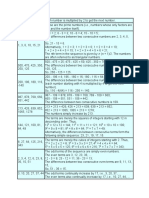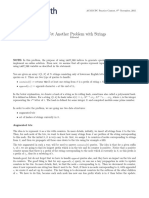0% found this document useful (0 votes)
44 views42 pagesInroduction To Algorithms and FlowCharts-1
The document discusses algorithms and flowcharts. It defines what an algorithm is and provides examples. It describes properties of algorithms like inputs, outputs, correctness and finiteness. It also discusses different types of algorithms from easy to hard. The document then explains decision making in algorithms using branching structures like IF-ELSE statements and SELECT-CASE statements. It provides examples of algorithms to demonstrate various concepts.
Uploaded by
anji00634Copyright
© © All Rights Reserved
We take content rights seriously. If you suspect this is your content, claim it here.
Available Formats
Download as PPTX, PDF, TXT or read online on Scribd
0% found this document useful (0 votes)
44 views42 pagesInroduction To Algorithms and FlowCharts-1
The document discusses algorithms and flowcharts. It defines what an algorithm is and provides examples. It describes properties of algorithms like inputs, outputs, correctness and finiteness. It also discusses different types of algorithms from easy to hard. The document then explains decision making in algorithms using branching structures like IF-ELSE statements and SELECT-CASE statements. It provides examples of algorithms to demonstrate various concepts.
Uploaded by
anji00634Copyright
© © All Rights Reserved
We take content rights seriously. If you suspect this is your content, claim it here.
Available Formats
Download as PPTX, PDF, TXT or read online on Scribd
/ 42


























